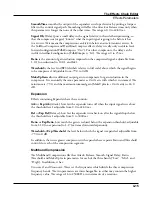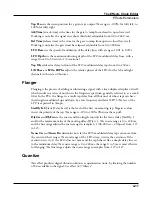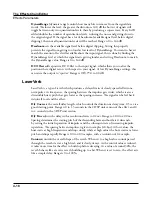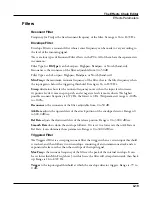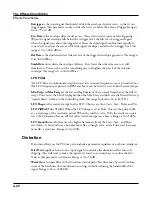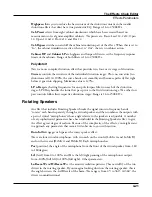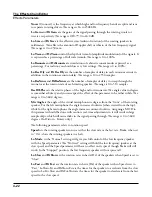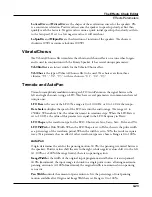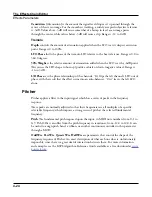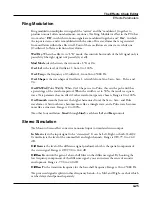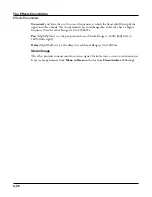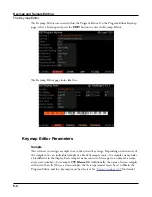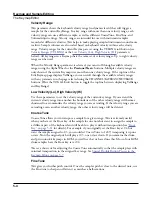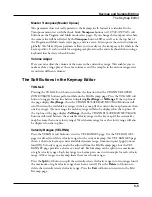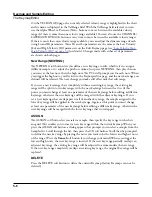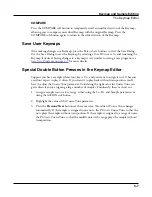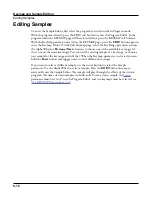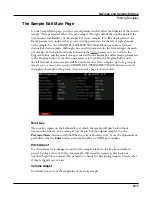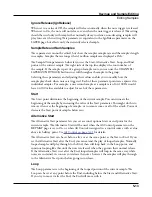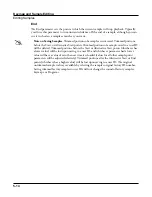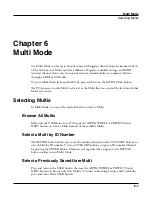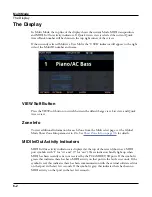
Keymap and Sample Editing
The Keymap Editor
5-1
Chapter 5
Keymap and Sample Editing
The Keymap Editor
The Keymap Editor lets you customize the PC4’s factory preset keymaps and save them to
RAM. You can also build your own keymaps from scratch (see
A keymap contains a set of samples and parameters determining how each sample will play
when you trigger a note. Each layer can use up to two keymaps (for stereo samples).
Each keymap consists of a set of keyboard note ranges (the entire span of each keymap is
from C 0 to G 10). Each range has a ROM or RAM sample root assigned within the range.
Within each key range, the sample root is typically transposed up and down to play different
pitches for each note.
For acoustic instrumental sounds, keymaps with more samples and key ranges generally make
the sound more realistic, since this causes less pitch shifting of the sample root within each
key range.
You can mix samples of different timbres within a single keymap, and even tune individual
keys to any pitch by defining key ranges to single notes and assigning samples to each of
those notes. Many of the drum kit keymaps in ROM have about 20 key ranges, with several
different timbres assigned as the sample roots.
You can create a keymap with a single key range that spans from C 0 to G 10, if you want
to stretch a single sample root from C 0 to G 10. Samples can be transposed upward by an
octave from the sample’s original pitch, or transposed downward without limit.
Think of a keymap as if it were a single piece of string, divided into different sections that
adjoin one another. Sections cannot overlap. If you have one range that goes from C4 to F4
and another that goes from F#4 to C5, then if you change the first range to be C4 to G4, the
second one will change to be G#4 to C5.
Keymaps can be set to play different samples depending on the attack velocities of each note
played. For example, Keymap 7 Piano 3Vel L has 3 velocity ranges. See
Summary of Contents for Flash Play PC4
Page 1: ... It s the sound Part Number 910587 002 Rev B ...
Page 9: ... ix MIDI Implementation A 1 Specifications B 1 Index I 1 ...
Page 289: ... 8 40 ...
Page 328: ... 10 7 ...



